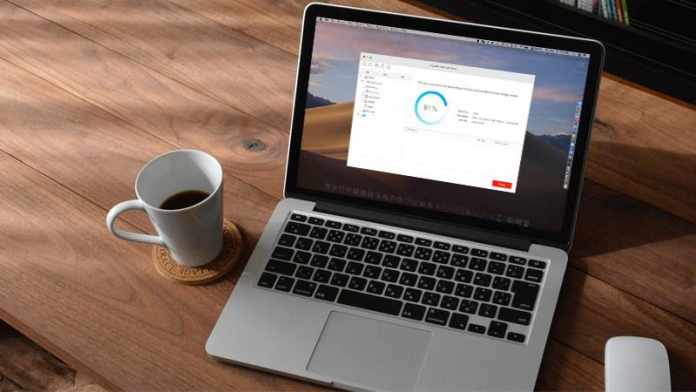Table of Contents
Introduction
Data is becoming fuel for the modern industry. Today, businesses rely more on digital content, digital services, e-Commerce, and various IoT platforms. Hence, businesses need to handle mountains of data regularly. However, data loss is a risk that every business owner may be confronted with and should be taking measures to mitigate these risks. How to Avoid Data Loss? Let’s read on.
How Data Losses Occurs?
Before we learn about how to avoid data loss, we first need to understand why these data losses occur. We consider that cyberattacks are the major reason for the data loss, but we just overrate cyberattacks.
Here are the other factors.
- Human error: The top reason for the data losses are human errors. While handling massive amounts of data, mistakes are bound to happen, and hence, data loss occurs.
- Hardware malfunction: A computer hard drive is extremely sensitive in nature. Even a small bump or drop can damage the drives physically.
- Power failure: We tend to forget the power outages, which sometimes mess up the whole project. Although it might happen in rare cases, it does contribute to data losses.
- Lacks Cybersecurity: Cyberattacks have been a common threat since the concept of the internet and open-source network. Even today, people are unaware of the importance of Cybersecurity.
How Can You Avoid Data Loss?
Data has become a part of the organization. Without the right data, the organization can not perform to its full efficiency. Hence, you must have the right strategy. Or even if you are faced with a data loss, you need to think about data recovery to deal with the issue.
To avoid data loss, here are the things that you need to do.
1. Having Regular Backups
Your number one defence should follow the rule of never losing any data or having the relevant backup. When you have critical or sensitive, that contains valuable information about your business, having a backup plan is the best way to cruise through.
Also, the backup needs to be done at a regular interval to ensure the data’s security as soon as it enters the network.
2. Set Recovery point Objectives
An important point that most businesses forget to add in their backup plan is to add a recovery point objective (RPO). The recovery point objective is a way to ensure that even if you lose your data, the damage remains limited.
For instance, if you have set one hour as your RPO, and if your data is deleted or corrupted, you will only lose one hour’s worth of data.
3. Keep Your System Up-To-Date
Patching your system is something that needs to be done rigorously. New bugs and errors keep on surfacing. To ensure that your system is immune to the new problem, your IT team must proactively update your system.
Updating your system regularly needs a small commitment but delivers long-term results.
4. Encrypt the Data
Encryption of your data is a must. No matter what device you’re using to access business data needs to be encrypted. Encryption adds another layer of security that would come in handy if your device is breached or stolen.
With the encryption in place, the hacker will have a hard time accessing your data, and you will get some extra time to deal with the situation.
5. Limit the Use Of portable Devices
Connecting USB and other portable devices pose another level of threat to data. If you are using these portable devices in different devices, you might welcome malware issues.
Hence, creating a guideline for using portable drives for your organization might help you close some of the loose ends from where data leaks out.
Take Away
“Safety Is better Than Cure”- a saying that goes perfectly with this article. Instead of having recovering methods as your last resort, why not try revamping the whole data management so that data losses never occur.
Yes, data recovery software is there to help you out. But that is not an option or a strategy; data recovery software is the last resort. Hence, try hardening the things we have discussed in this article.












